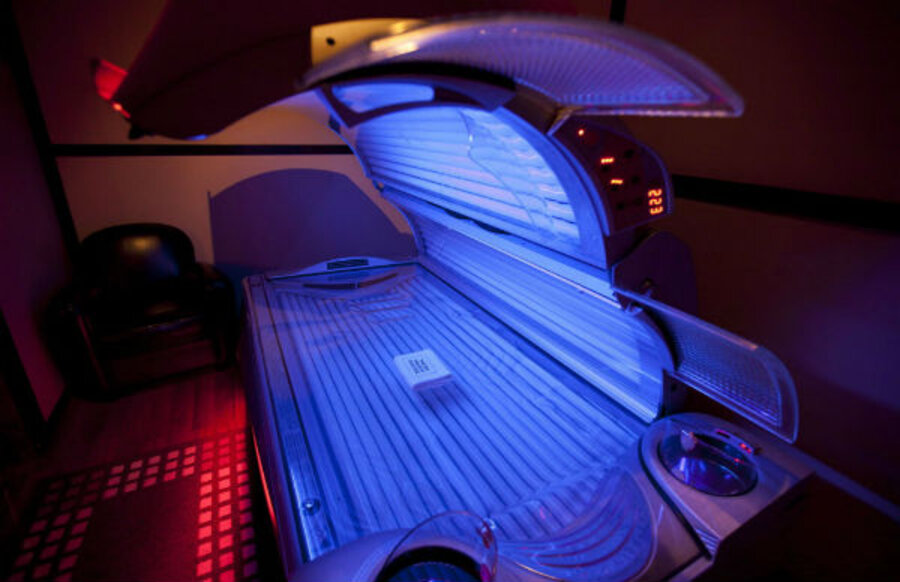How to have ‘the talk’ with your teen – about tanning beds and body image
Loading...
High school is rife with concerns around body image, especially among teen girls. Makeup, the right clothes, and trendy accessories all play a role in how adolescent girls begin to shape their self image and the body that they present to the world. Now it seems, that many are turning to tanning beds to alter their skin tone as well.
One third of white teen girls reported using a tanning bed at least once in the last year, reports the Center for Disease Control and Prevention. This is despite warnings from the US Food and Drug Administration that the beds can pose serious health risks.
Not only does this trend raise health concerns but also highlights girls' insecurities about their bodies.
“Teens are [seeking out tanning salons] because there are so many images in their world telling them they need to be thin, tall, and tan to be valuable and acceptable,” says Robyn Silverman, a child development specialist and body image expert.
Dr. Silverman suggests that parents can start to head off the issue long before their daughters’ start showing any interest in tanning, by affirming their natural beauty and exposing the risks of tanning.
“I would love it if as the child is growing up, even when they are young, parents are talking to them about natural beauty, telling them that they are beautiful, and making sure that they know that there is a wider definition of beauty than what’s reported in the media,” she says.
Experimenting with different looks is a big part of adolescence and one way that kids test their identity. While kids need freedom to explore those options, they also need to know that some choices are harmful.
Silverman suggests that parents have this discussion early and often. Ads and television programs featuring tanning beds and tans in general can be a good opportunity to broach the subject.
“There are so many messages out there that hit them 24/7. There is no reason you can’t use those opportunities to consistently bring your values to the forefront of the discussion. Then, if you raise them to have this awareness, when it’s approached at a later date with their friends, they can say, ‘No, I know that it’s actually dangerous.’"
While the risks may make the issue simple for parents, teens are not known for being particularly health conscious. They may also hear conflicting ideas about the safety of tanning beds from the salons themselves, their friends, and the media. Silverman suggests that parents play on their teens’ concerns about image and point out that tanning can actually negatively affect beauty as well, causing wrinkles, moles, and generally older looking skin.
If teens still insist on getting that tanned look, Silverman suggest that parents offer alternatives to tanning beds, such as spray-tans and artificial tanning lotions.







